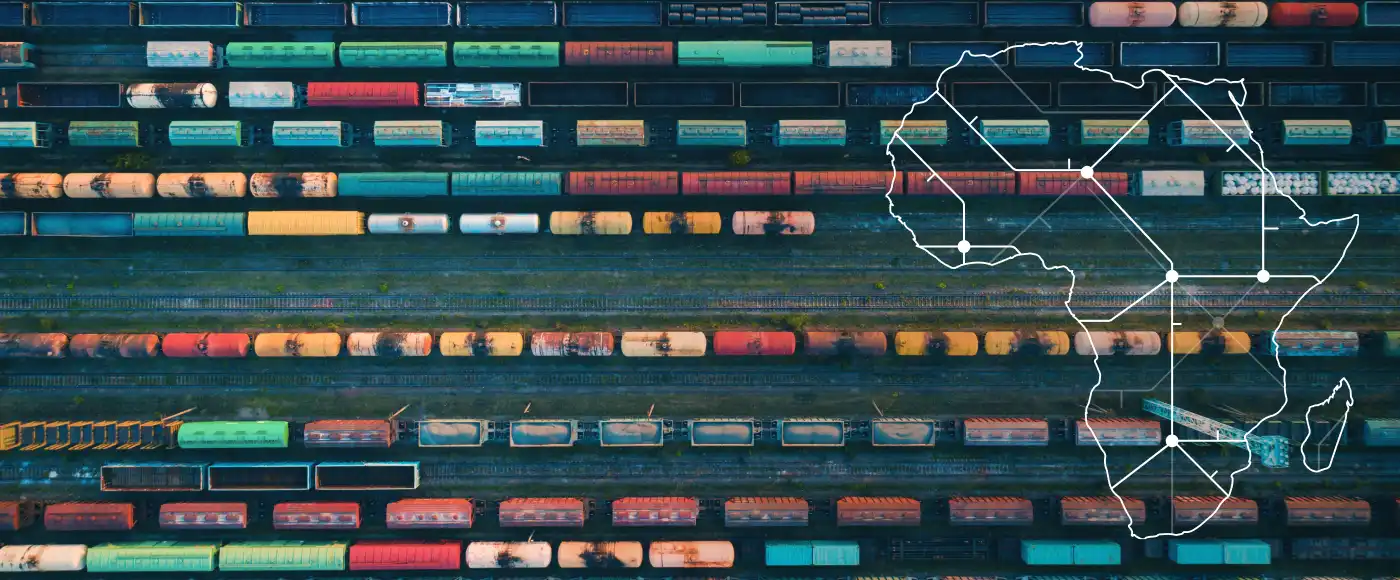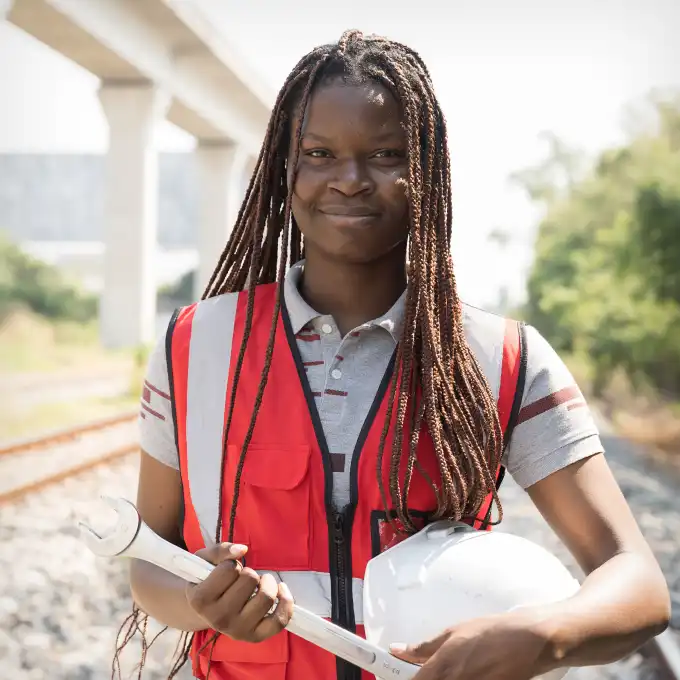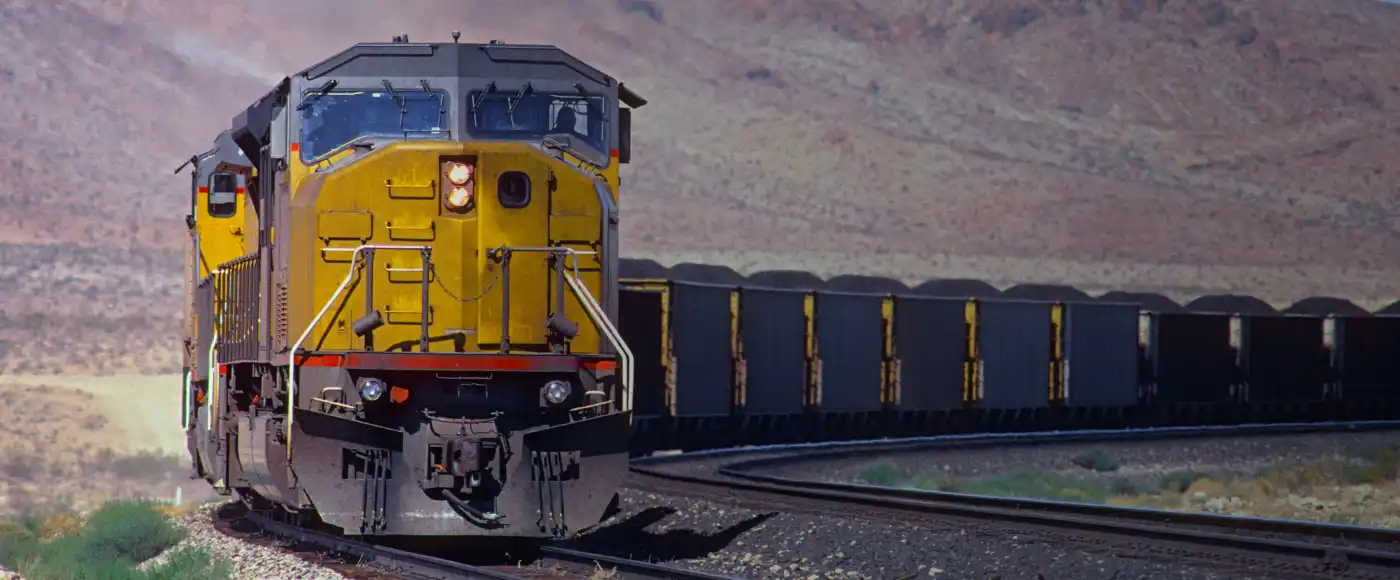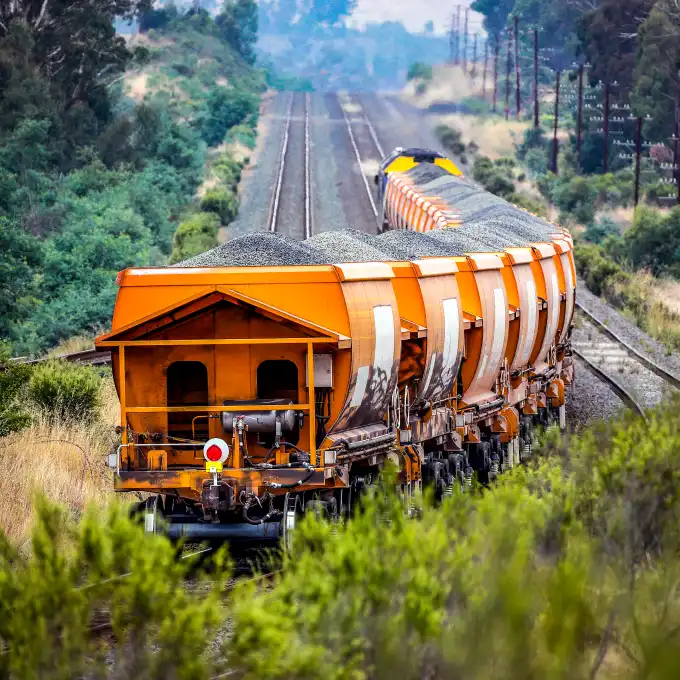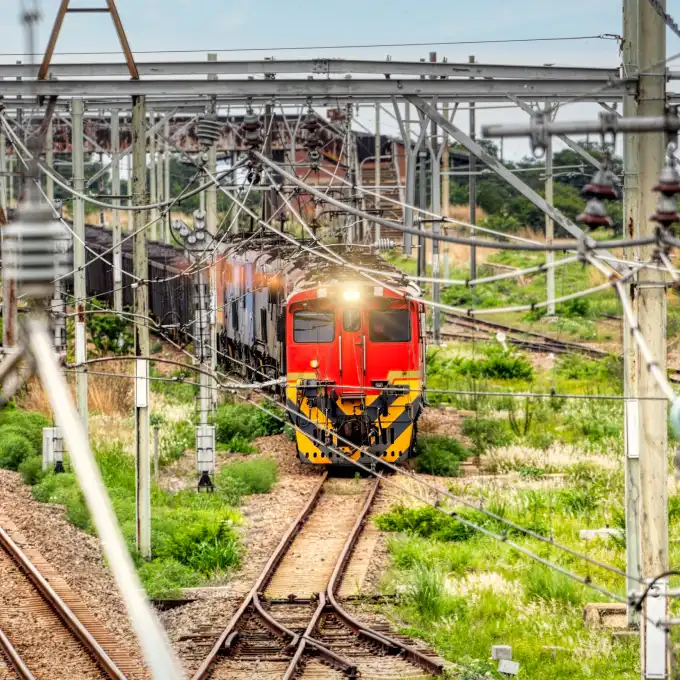We have combined our track record, capabilities and expertise in a direct response to address the key market failures on in the Transport & Logistics sector in Africa:
Infrastructure and institutional gap
A lack of local beneficiation and industrial processing perpetuates colonial export patterns, where natural resources are exported as raw materials to other continents. This creates an investment ‘poverty’ cycle, where rail and rolling stock investments remain constrained while local beneficiation and production capacity remains unjustifiable due to the lack of connectivity between African markets. Africa’s $130–170 billion annual infrastructure financing gap is widely cited, however, Africa’s transport infrastructure gap, estimated at $20 – 28 billion per annum, has significantly hampered trade and regional industrialisation.



